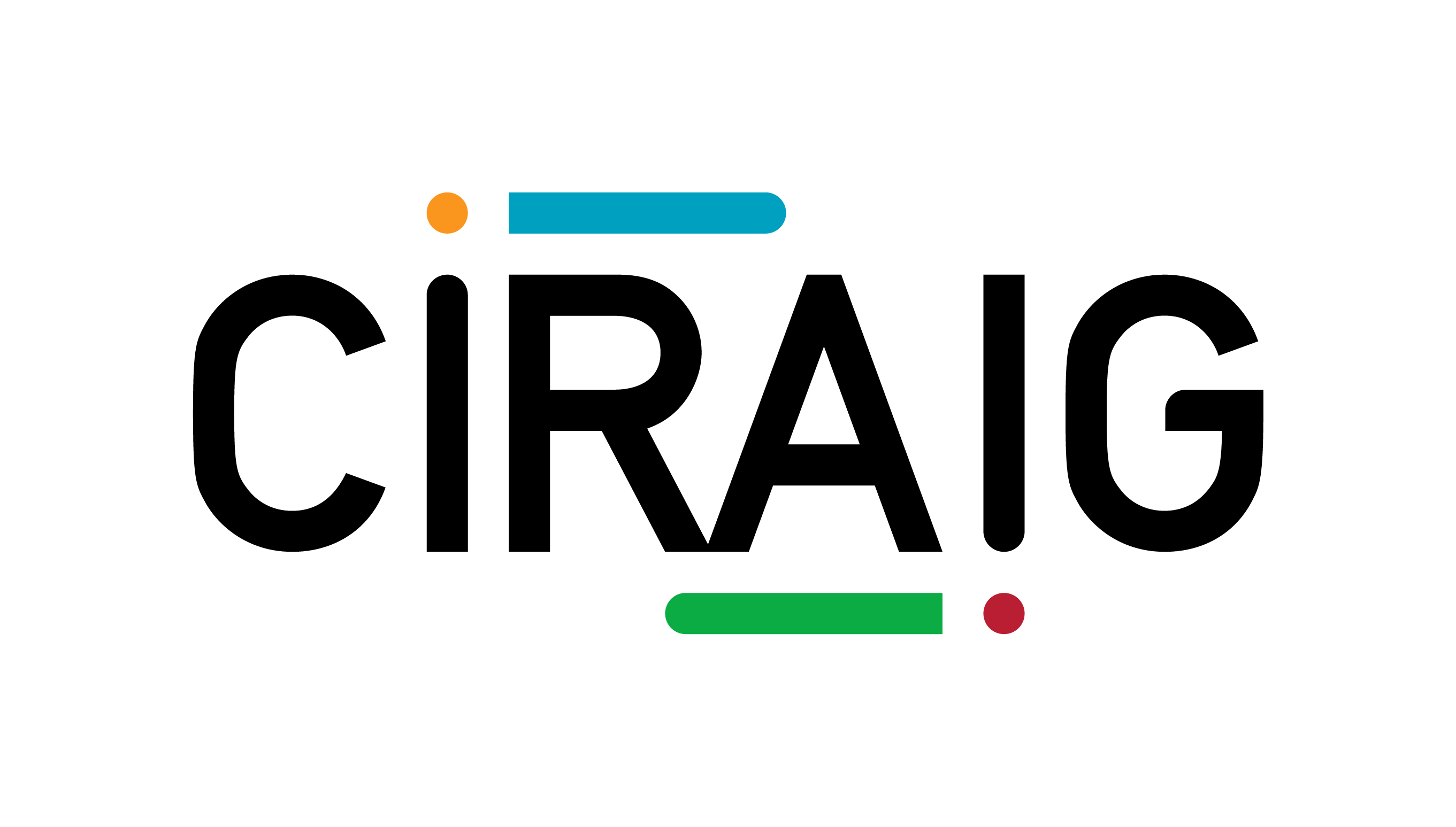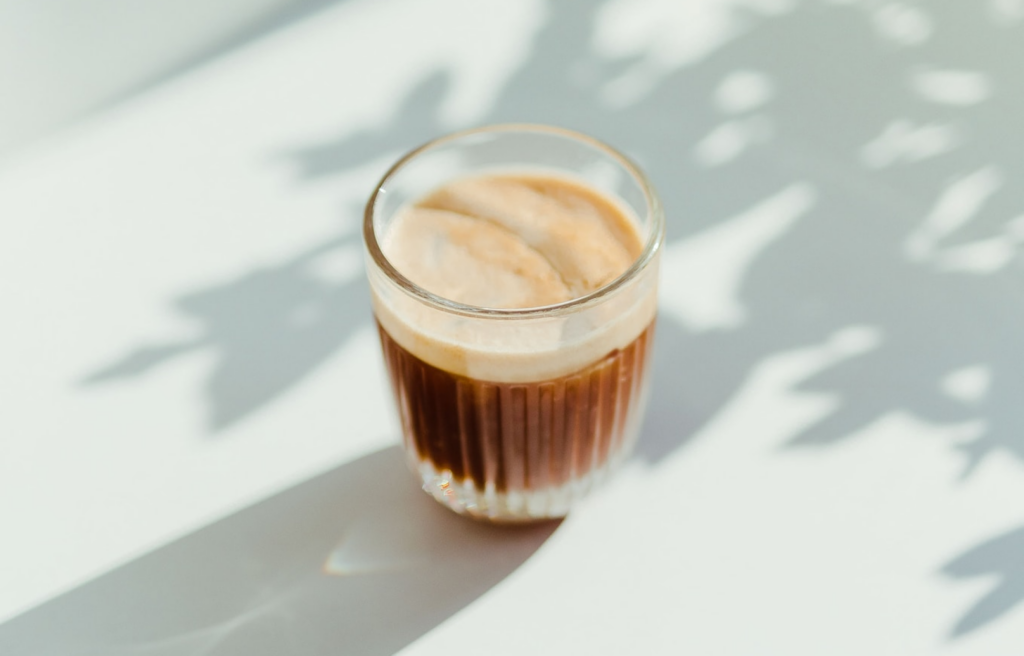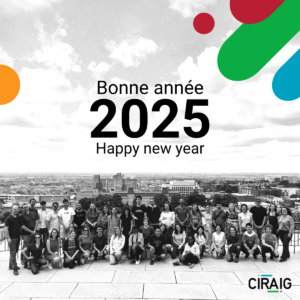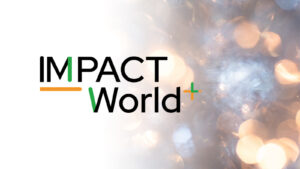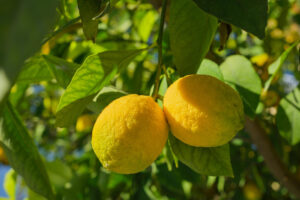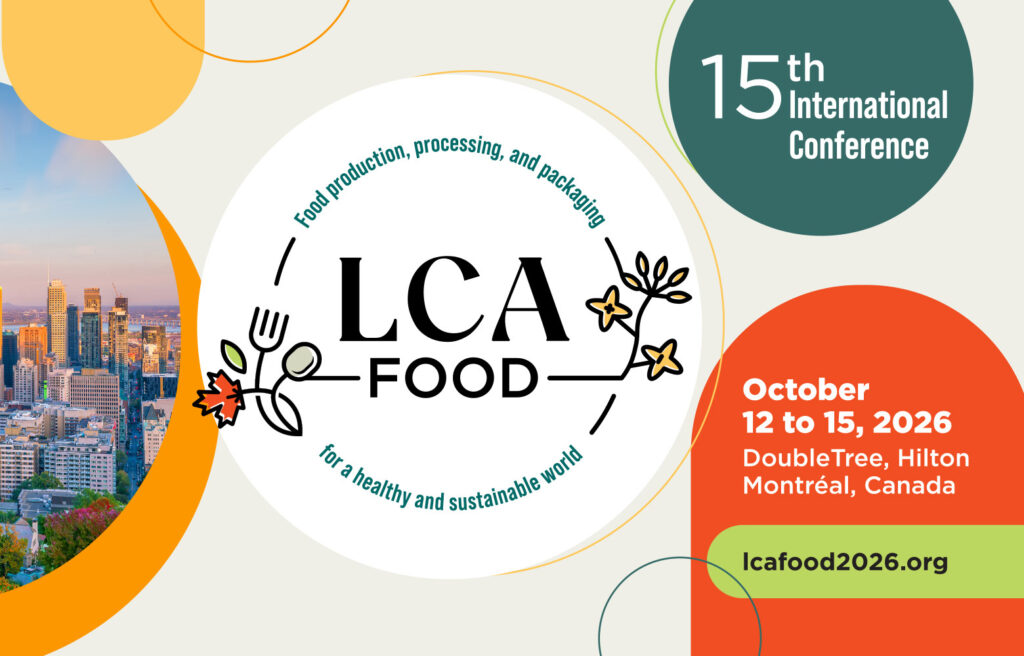More than 26 million kg of coffee beans are consumed every day in the world, of which 2% are consumed in Canada. Coffee is the most consumed beverage by adults in Canada, surpassing tap water! According to the Canadian Coffee Association, a Canadian adult drinks an average of 2.8 coffees per day. Drinking coffee is therefore an integral part of our lives and many consumers are wondering what they can do to ensure that this habit is not too harmful to the planet.
What is the most eco-friendly way to drink coffee?
The answer to this question is not as simple as it seems. Working conditions of coffee producers, environmental impacts linked to coffee cultivation (deforestation, soil degradation, loss of biodiversity), for or against coffee capsules, the war against the disposable cup, greenhouse gas emissions linked to transportation. Many different and sometimes contradictory messages are spread about the impacts of coffee and it is often difficult for the consumer to sort out what to do and where to start.
To help you see things more clearly, we suggest you take a step back by adopting a more holistic view of the problem using life cycle analysis. This approach allows us to study the potential environmental and social impacts of a product or service by looking at the impacts at each stage of its life cycle, i.e. from the extraction of raw materials, to their transformation, use and end of life of the product. This way of looking at things will allow us to put into perspective the relative importance of the different aspects of coffee consumption and to identify effective ways to drink coffee in a more eco-friendly way.
When we think about the impact of our consumption, we must make the effort to intellectually retrace the path of what we have in our hands. A coffee is not only a hot and comforting drink that allows us to be productive at 8am. We often tend to focus on the impacts of what we see as a consumer (the capsule, the coffee container, the coffee machine) and forget about the other impacts hidden in the life cycle.
The life cycle of a cup of coffee
Everything begins in a tropical climate with the cultivation and harvesting of the fruits of the coffee tree (the drupe!), followed by a succession of processing steps to extract the coffee bean and roast it (pulping, fermentation, washing, drying, unpacking, roasting), packaging of the beans, one or more stages of distribution, then preparation and consumption, which includes grinding the coffee and all the necessary items for the preparation of the coffee (coffeepot, water, dose of coffee, cup, other ingredients, etc.), and finally the end of life.
A literature review conducted by the University of Michigan in 2017 showed that the carbon footprint of a cup of coffee varies from 50 to 250g CO2eq depending on the type of beverage brewed and how the coffee is prepared. To put these numbers in perspective, drinking 2.8 cups of latte per day (the Canadian average) would have about the same carbon footprint as producing and burning one cup of gasoline per day. If we want to consume coffee in a more sustainable way, it is essential to first understand where the impacts come from. All studies on the subject show that the stages with the most impacts are the production of coffee (which represents 50% to 80% of the carbon footprint) and the preparation and consumption of coffee (which represents 20% to 50% of the carbon footprint).
If we take a closer look at the coffee bean production phase, its environmental impact comes mainly from the cultivation of the coffee. The carbon footprint of conventional coffee cultivation is mainly due to the production of fertilizers and their application, which generate emissions of N2O, a very powerful greenhouse gas.
The environmental footprint of organic coffee
According to the scientific article by Noponen et al. published in 2012, organic coffee cultivation would significantly reduce the carbon footprint of coffee cultivation depending on the country and cultivation practices. The only downside of organic coffee growing is that its yield per hectare is often lower, which implies the use of more land to produce a kg of coffee, and thus more potential impact on ecosystems. It is important to keep in mind that there are a wide variety of coffee growing practices (monoculture or polyculture, irrigated or non-irrigated, organic or not) that influence agricultural yields and environmental impacts.
The social impacts of coffee
The cultivation of coffee also has social impacts. Let’s remember that 125 million people depend on coffee cultivation for their survival in Latin America, Africa and Asia. 80% of the farmers are small producers who face many challenges such as poverty and instability of crop yields due to the effects of climate change.
Eco-friendly coffee certifications
As a consumer, one way to limit the social and environmental impacts of coffee growing is to buy certified coffee. There are several types of certifications, each covering different aspects of sustainability:
- “Fair Trade” certification guarantees a minimum income for farmers, regardless of price fluctuations in the global coffee market.
- The “Rain Forest” certification guarantees that coffee production respects certain criteria of biodiversity conservation, living conditions for workers and sustainable land management.
- Finally, organic certification criteria that regulate the use of chemical fertilizers, pesticides and GMOs may differ slightly from country to country.
How to prepare your cup of coffee in the most sustainable way
Buying certified organic coffee is good, but it’s not everything! Since growing coffee has a significant footprint, to be as environmentally responsible as possible, you should ideally consume as few coffee beans as possible per cup. Let’s take a closer look at what happens at the preparation and consumption stage of coffee. At this stage, the carbon footprint is mainly due to the consumption of electricity to heat the water and keep the coffee hot, and to the consumer’s behaviour that influences the amount of coffee needed per cup (wrong dosage of coffee, wasting part of the prepared coffee). Furthermore, adding milk to coffee can multiply the carbon footprint of your beverage up to 5 times, depending on the amount of milk added.
What about the environmental impact of coffee capsules?
The advantage of capsules is that they already contain the right amount of coffee for one cup, unlike filter coffee where the coffee is often overdosed and we tend to prepare more coffee than necessary, and therefore waste some of it. A 2015 study by Quantis found that the carbon footprint of a cup of coffee brewed with a capsule coffee maker or a filter coffee maker was equivalent, assuming just the amount of coffee brewed with the filter coffee maker, which is rarely the case in practice. The capsule’s footprint represents only 8% of the carbon footprint, while wasting 50% of the filter coffee (preparing 6 cups to consume 4) increases the carbon footprint by 30%. Learning how to measure your coffee and avoiding waste is therefore essential.
Reusable cup or disposable cup: Which is the better choice for the environment?
Contrary to popular belief, the advantage of using a reusable cup over a disposable cup depends on how often the cup is reused and the method used to clean the cup, according to a 2014 CIRAIG study on the subject. In fact, the impact of the production and end-of-life of the container is still negligible compared to the impact of coffee production. On the other hand, washing the cup, if washed by hand and with hot water, can account for up to a quarter of the total carbon footprint of drinking a coffee!
Here are the 7 most effective actions you can take as a consumer to drink coffee in a more sustainable way:
- Buy certified coffee (fair trade, organic and eco-friendly)
- Learn how to properly portion out your coffee (it’s better to use a capsule than to incorrectly dose your coffee)
- Prepare just the right amount of coffee to avoid waste
- Use little or no milk, or opt for vegetable milk
- Wash your cup with cold water or put it in the dishwasher (filled!)
- Choose a coffee machine that consumes less electricity
- Avoid over-consumption of coffee (also good for your health and your wallet!)

This blog post is from a column presented on September 18, 2019 by Laure Patouillard, Scientific Coordinator and Research Associate at CIRAIG, on Radio-Canada’s Moteur de recherche.
Bibliography
Brommer, E., Stratmann, B., & Quack, D. (2011). Environmental impacts of different methods of coffee preparation. International Journal of Consumer Studies, 35(2), 212–220. https://doi.org/10.1111/j.1470-6431.2010.00971.x
CIRAIG. (2014). ANALYSE DU CYCLE DE VIE DE TASSES RÉUTILISABLES ET DE GOBELETS À CAFÉ À USAGE UNIQUE.
Coffee Association of Canada. (2019). Canadian Coffee Consumption – 2019.
Hassard, H. A., Couch, M. H., Techa-Erawan, T., & Mclellan, B. C. (2014). Product carbon footprint and energy analysis of alternative coffee products in Japan. Journal of Cleaner Production, 73, 310–321. https://doi.org/10.1016/j.jclepro.2014.02.006
Heller, M. (2017). Food product environmental footprint literature summary: Coffee.
Humbert, S., Loerincik, Y., Rossi, V., Margni, M., & Jolliet, O. (2009). Life cycle assessment of spray dried soluble coffee and comparison with alternatives (drip filter and capsule espresso). Journal of Cleaner Production, 17(15), 1351–1358. https://doi.org/10.1016/j.jclepro.2009.04.011
Krishnan, S. (2017). Environmental Impacts and Sustainability of Coffee Production (Vol. 1). https://doi.org/10.1093/acrefore/9780199389414.013.224
Noponen, M. R. A., Edwards-Jones, G., Haggar, J. P., Soto, G., Attarzadeh, N., & Healey, J. R. (2012). Greenhouse gas emissions in coffee grown with differing input levels under conventional and organic management. Agriculture, Ecosystems and Environment, 151, 6–15. https://doi.org/10.1016/j.agee.2012.01.019
Phrommarat, B. (2019). Life cycle assessment of ground coffee and comparison of different brewing methods: A case study of organic arabica coffee in Northern Thailand. Environment and Natural Resources Journal, 17(2), 96–108. https://doi.org/10.32526/ennrj.17.2.2019.16
Quantis. (2011). Comparative full life cycle assessment of B2C cup of espresso made using a packaging and distribution system from Nespresso Espresso and three generic products. Quantis. Retrieved from https://www.nestle-nespresso.com/asset-library/Documents/Quantis – Comparative LCA Study on Four Capsules Systems – Executive Summary 2011.pdf
Quantis. (2015). Life Cycle Assessment of Coffee Consumption: comparison of single-serve coffee and bulk coffee brewing. Retrieved from quantis-intl.com
